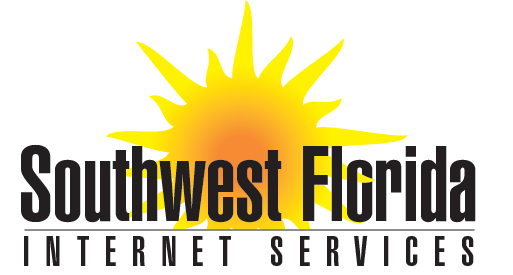I run a leading public relations and media relations agency. My own PR Slack channel has ten separate channels, including two shared channels with previous and current clients. I’m also part of eight other Slack channels, each with at least two separate channels I have to watch. One of those media relations clients uses threads in Slack, creating separate, harder-to-find channels within channels.
Please, tell me again, how is running a top public relations agency via Slack any easier than using email?
It used to feel great having one centralized place for the meaningful (and meaningless) stuff that happens at a top public relations agency. Then the channels started growing. Suddenly we had more internal channels than were necessary, which was fine when it was just one media relations company’s Slack. Then there was another client. Then another. Then another. The little blob on the side of a channel doesn’t catch your eye like an email, leading to missed messages, confusing chains of thought, endless searches and historical digging that adds a new layer of anxiety to public relations.
It’s a mess, and for great public relations agencies, it’s becoming a liability. Important things are missed, deadlines are set when you’re not watching, and feelings get hurt when you don’t respond.
Sean Captain at FastCompany wrote a piece about “slacklash,” eloquently describing the overload of Slack and the overwhelming feeling of increasing stacks of group chats. This is the issue Slack has run into as they prepare to go public this week – they became a solution to email overload by centralizing your non-essential communication, only to then create a new kind of inbox overload.
Annoyingly, it’s still better than dealing with 100 emails. It’s quicker, it’s much more pleasant on mobile, and you can get a remarkably large amount of things done in short order. Here’s how I’m going to solve the problem myself.
A quarterly Slack cull
Every four months, I want you to do what I’m doing – go through your Slack and delete any channel that hasn’t been active, even if it feels important. Be ruthless. If anything is overlapping, combine those channels and move on with your life. A public relations agency lives and dies by the effectiveness of its communication, and if you’re needlessly spreading messages across channels – even with your clients – you’re living an inefficient lifestyle.
Start practicing Slack SEO at your PR and Marketing firm
Whenever my agency posts media relations coverage, we don’t simply put it in the #coverage section of our PR agency slack. We tag every earned media opportunity with a PR client hashtag, an outlet hashtag, and if necessary a public relations campaign hashtag so that we’re able to find these hits quickly. This isn’t quite so common across our client-based Slacks, and it’s something I think you should look into for any public relations or marketing communication you’re doing across Slack. It makes Slack search actually work.
Call out your clients’ bad Slack habits
When you next get invited to a client’s Slack, immediately take a lay of the land and be ready to force your good Slack habits upon them. If they’ve invited you to a #random channel, or something else irrelevant to your public relations or marketing goals, politely ask to be left out. If your client has created channels that would spread out information about PR activities, ask that they combine them into one meaningful marketing channel within Slack. And if they continually take things to private messages, push them to take those messages to the public public relations and/or marketing channel – it’s the smartest way to get things done.
The post Dealing With Public Relations and Marketing’s Slack Message Overload appeared first on The Future Buzz.

Recent Comments